Southeast Asia Gear and Workflow Overview
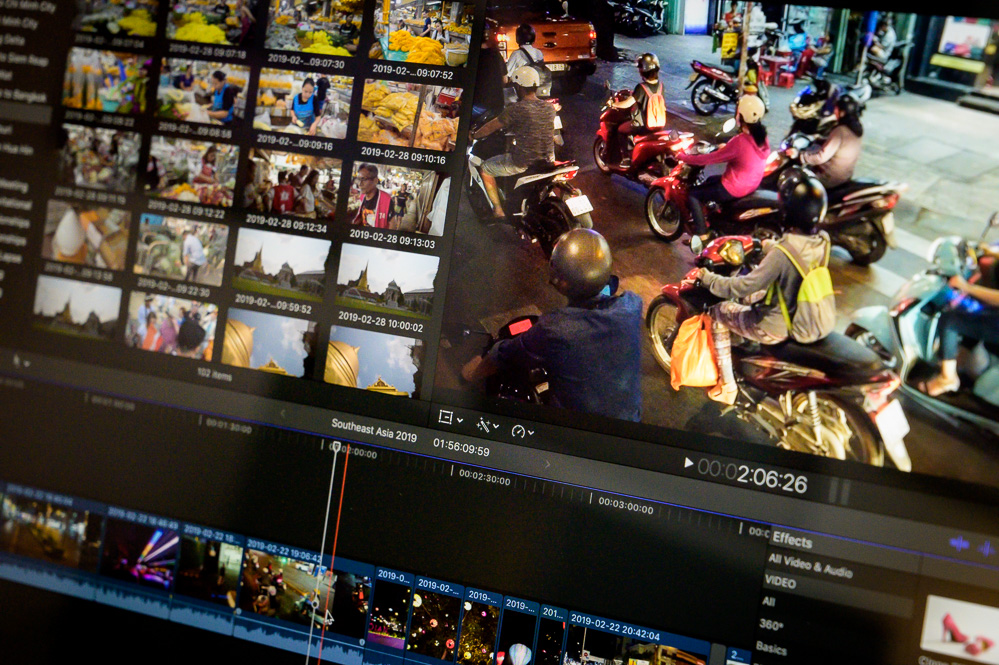
Travel Workflow!
I’m back with the Southeast Asia gear and workflow update. Every trip requires a carefully considered pack list that balances the demands of international shooting locations with the willingness (or ability!) to carry a certain amount of equipment. This trip was travel intensive with a 20+ hour trip from Boston to Ho Chi Minh City through Hong Kong, a short flight to Siem Reap, an all-day bus ride to Bangkok featuring a walk across the Cambodia/Thailand border, and another 20+ hour trip from Bangkok back to Boston. Packing and carrying the right gear requires careful planning and using the resulting assets requires a solid workflow. So, as I did for India, Cuba, Peru, Galapagos, and South Africa, here is an overview of the gear I carried to Southeast Asia and the photo and video workflow I used to handle the media files when I returned.
Travel Gear
For Southeast Asia I brought along mostly the same gear that I’ve used on recent trips:
Nikon D750 24 MP FX DSLR: The D750 is a great travel camera! Paired with the 28-300mm the combination of image quality and portability for stills and video is outstanding. Last year I wrote that it’s tempting to upgrade to the D850 – 4K video would be useful and that touchscreen display looks pretty cool. I also wrote that while the compact size of mirrorless cameras is tempting for travel, I think the autofocus systems of the smaller cameras isn’t quite advanced as the autofocus systems offered by full-size DSLRs. But Nikon announced the Z series mirrorless cameras in August of 2018. The Z6 takes design cues from the D850, shoots 4K video, has a touchscreen display, and improved autofocus made even better by the recent 2.0 firmware update. After returning from Southeast Asia I decided to take the plunge. I picked up a Z6 camera with the NIKKOR Z 24-70mm f/4 S lens. As similar as the Z6 is to the D750, it’s definitely a different kind of shooting experience. I’ll have more to say in an upcoming blog post.
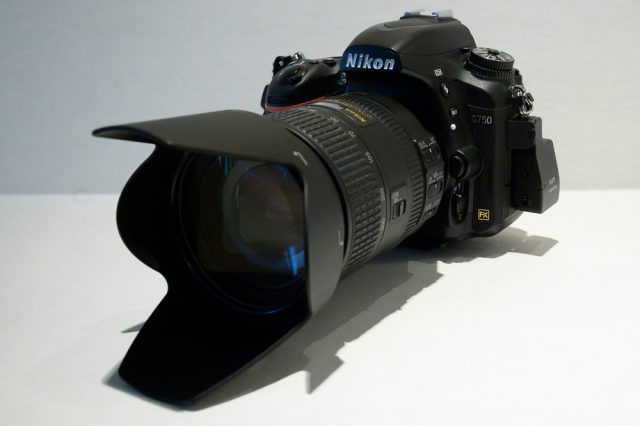
NIKKOR 28-300mm AF-S f/3.5-5.6G ED VR Travel Zoom: I really enjoying traveling with this lens. Great image quality and range from a single lens in a size that’s easy to carry on planes, trains, ships, buses, and just walking down the street.
DJI Osmo Pocket: I upgraded from the DJI Osmo Mobile 2 for this trip. This gimbal/stabilizer provides a great platform for silky smooth video, timelapse, and motionlapse sequences. I’ll miss that the Osmo Mobile 2 internal battery could be used as a smartphone charger, but the tiny size of the Osmo Pocket can’t be beat for travel. It’s great for crowded street scenes, shooting from the bus while rolling down a bumpy highway, and getting a different video perspective than a DLSR provides.
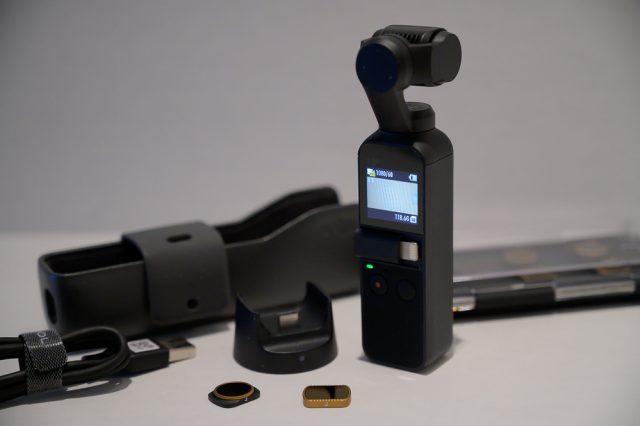
Apple iPhone 8: For using the WordPress app to write and post blog updates while on the road and for the DJI Mimo app for the DJI Osmo Pocket.
Vanguard Kinray Lite 45 backpack: Holds a full frame camera and a couple of lenses with ease with enough room leftover for a creatively-packed change of clothes. Works for carrying photo gear on a plane and as a daypack moving through the daily itinerary. A great travel bag, but unfortunately no longer made by Vanguard. I’ve been traveling with this bag for a number of years and it’s starting to show a little wear. I’ve been looking for a comparable replacement, but so far nothing fits the bill.
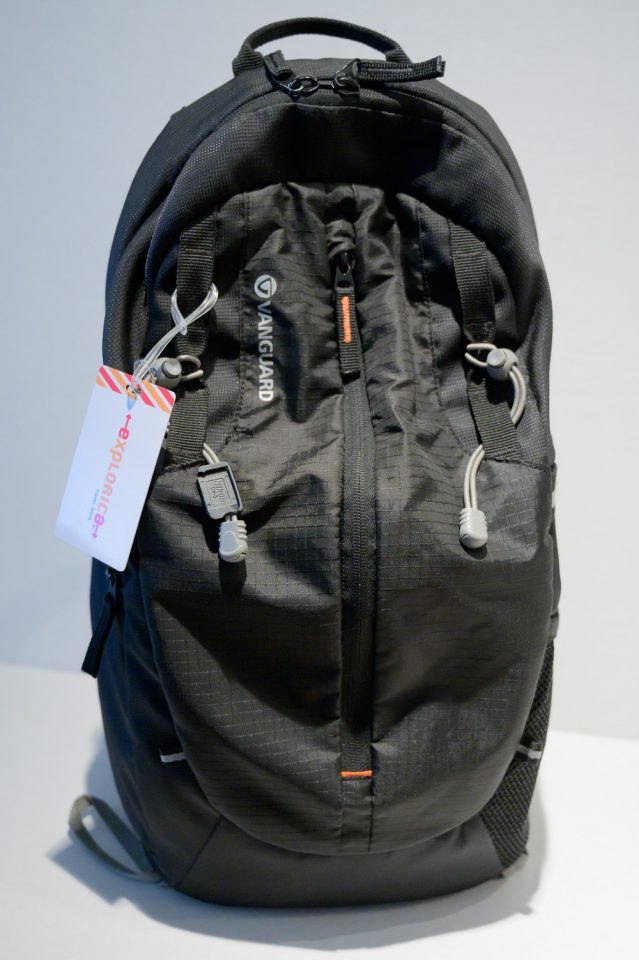
I replaced the Newtrent Travelpak+ with the PocketJuice Endurance AC travel battery and USB charger. A travel battery with a foldable plug is a must for me and the PocketJuice has one. But the PocketJuice doesn’t have pass-through charging capability – you can’t plug it in to charge its battery and charge the phone simultaneously. So the PocketJuice has been replaced with the Ventev Powercell 6010+.

Monster Power Outlets To Go travel extension cord: This short cord extension is all that’s needed. Includes three outlets to plugin a couple of camera battery chargers for overnight camera battery charging and a the travel battery. And a USB port to charge the iPhone 8 and the DJI Osmo Pocket.
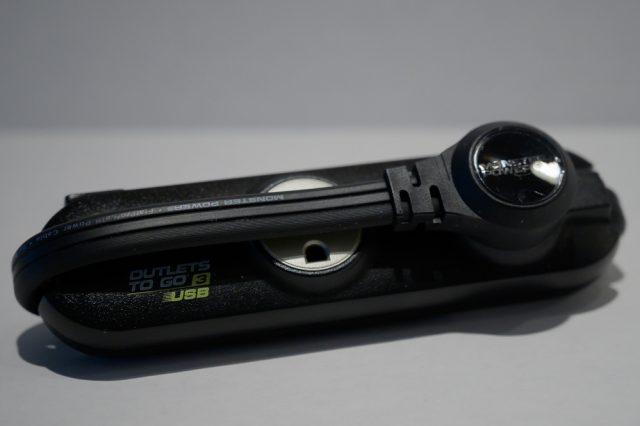
Nikon ME-1 microphone: I still don’t use this as often as I should. The Aokatec AK-G750 GPS receiver must be removed from the D750 accessory terminal in order the plug in the ME-1. But much better than the D750 internal mic and great for windy conditions.
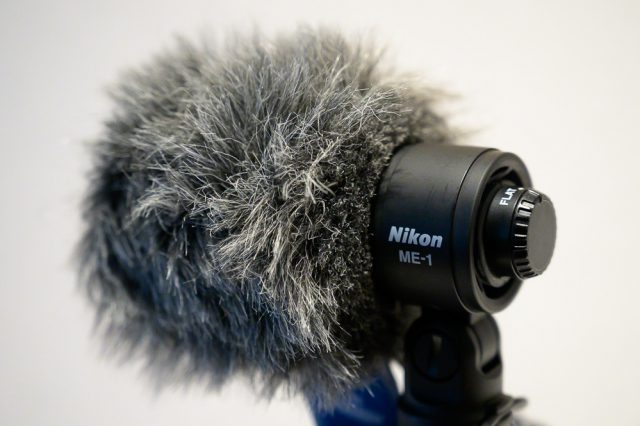
Memory Card and File Management
For this trip I brought along two 64GB 1000x Lexar Professional SDXC Class 10 cards and two 64GB 600x Lexar Professional SDHC Class 10 cards – the same cards and configuration I used in India.
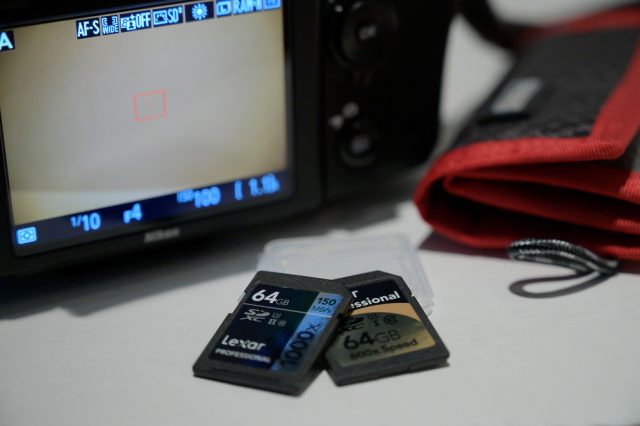
Each 64GB card holds about 1,500 12-bit NEF files. (See 14-bit vs 12-bit RAW – Can You Tell The Difference at Photography Life.) I used a 64GB card in slot 1 of the D750 to store NEF raw photo files. In slot 2 I used a 64GB card with the D750 set to store large size JPEG normal quality backups at about 10.2MB per image.
About halfway through the trip, as is my usual practice, I swapped out the initial set of SD cards for the second set. At the end of the trip, between the D750, the iPhone 8, and the DJI Osmo Pocket I ended up with 1,551 picture files totaling 36.49GB. That’s a shooting rate of about 111 per day – a little higher than my average of 100 photos per day on international trips.
| Photos | Files | Gigabytes |
| Nikon D750 NEF files | 1,425 | 34.12 |
| iPhone 8 HEIC files | 100 | 1.82 |
| DJI Osmo Pocket DNG | 26 | 0.55 |
| TOTAL | 1,551 | 36.49 |
Between the D750, iPhone 8, and Osmo Pocket I ended up with 522 movie files totaling 56.05GB.
| Video | Files | Gigabytes |
| Nikon D750 | 214 | 11.58 |
| DJI Osmo Pocket | 285 | 42.63 |
| iPhone 8 | 23 | 1.84 |
| TOTAL | 522 | 56.05 |
WordPress Blog Updates
For the daily trip blog updates I used the D750’s built-in Wi-Fi to connect via the Nikon Wireless Mobile Utility App installed on the iPhone 8. Once connected it was easy to select pictures to transfer to the phone, and then incorporate those photos in the daily trip blog updates using the WordPress Mobile App. Internet access in Southeast Asia was good. Fairly consistent LTE coverage or Wi-Fi access. Between uploading photos, drafting the content, and finding someone to proof the daily blog updates take about an hour each day to complete. But on travel with long air or bus or train trips between cities – like this trip to Southeast Asia – it’s great to sit back, watch the countryside go by your window, and spend some time working on the day’s blog post!
Photo Workflow
My standard workflow for photos and video remains the same. I’m working with what is now known as Adobe Photoshop Lightroom Classic for photo management and editing – using the Creative Cloud Photography plan.
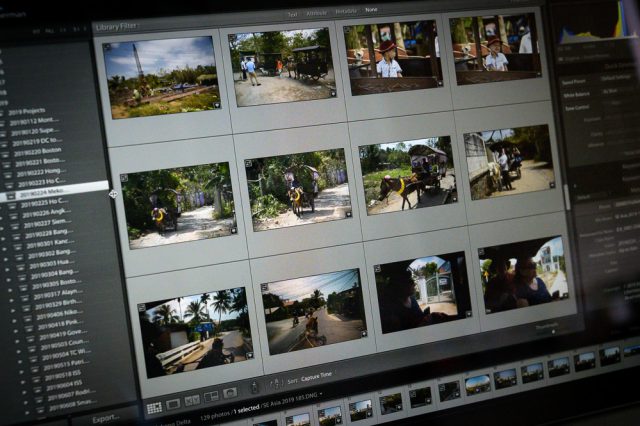
Last year I dropped keywording as a workflow step and substituted sorting into collections. I wasn’t really using the keywords and it wasn’t worth the time it was taking to add them. And I find using collections really helps to identify the best images – those I want to focus on for post-processing. The revised simplified version of the workflow is:
- Import as DNG to folders named by date and location
- Delete duplicates and rejects
- Rename by location or event with sequential numbers
- Collections for Full Shoot, Picks, and Selects
- Geoencode
- Caption
- Post-process
- Output
Video Workflow
Video files are digitized using Apple Final Cut Pro X to events named by date and location. After import files are renamed by date and time.
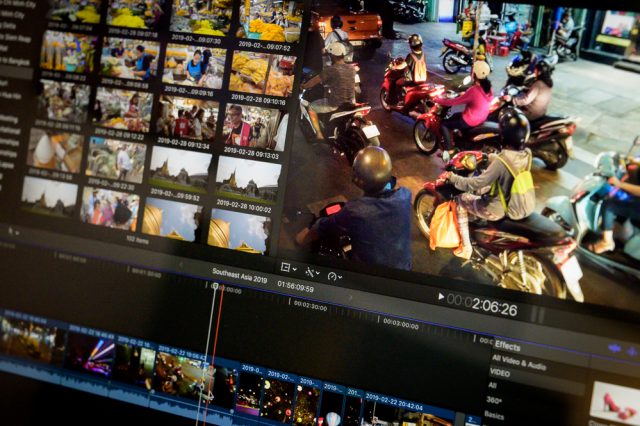
With all trip photo and video files transferred I confirm onsite and offsite backups are complete (using CrashPlan for Small Business to manage both backups) and then reformat the SDXC and SDHC cards for use on the next project. Now it’s time to get to work on the photo gallery, book, and the trip video!
 Michael S. Liberman
Michael S. Liberman
Michael,
Thanks you so much for sharing your photographic details. I always look forward to the final product. Fun traveling with you as well. Good luck on your next adventures.
From: Dover, NH
Marguerite
Thanks, Marguerite!!
Nifty!
Is the backpack specialized for camera use?
It is specialized for cameras, Rick. Holds a camera and 2-3 lenses, but also converts to a daypack.